Here's a tracking mystery that's got us stumped - we're hoping someone might be able to help out...
These scratch marks were on a large old spotted gum (Corymbia maculata), leading from the base up to the top. They started to flake off a week ago as the tree began shedding bark - I wish I'd taken a photo before that happened.
They were either side of a large ridge that extended up the length of the tree trunk, about 30cm wide and 10cm deep.
It looked as though an animal with claws had climbed up, placing feet either side of the ridge as it climbed. The claw marks were mostly in groups of 2 - 3 (a fourth claw sometimes registering). The longest mark was almost 20cm long.
So, I'm having a hard time thinking of an animal that would be heavy enough to leave claw marks that deep. And lots of those marks were long - it was slipping a lot as it climbed. Something not so comfortable climbing a tree..?
I've seen large goannas climb trees and barely leave any trace at all - little gouges at most.
It seems too big and heavy for a feral cat, no? (It might be hard to see in the photo, but the claws often went 2-3 mm into the bark) I've heard they can get scary big, but that big?
Any other suggestions?
If it would help, I can post a photo of the tree itself. Though it's hard to see where the marks were, now that the bark has flaked off.
Thanks!

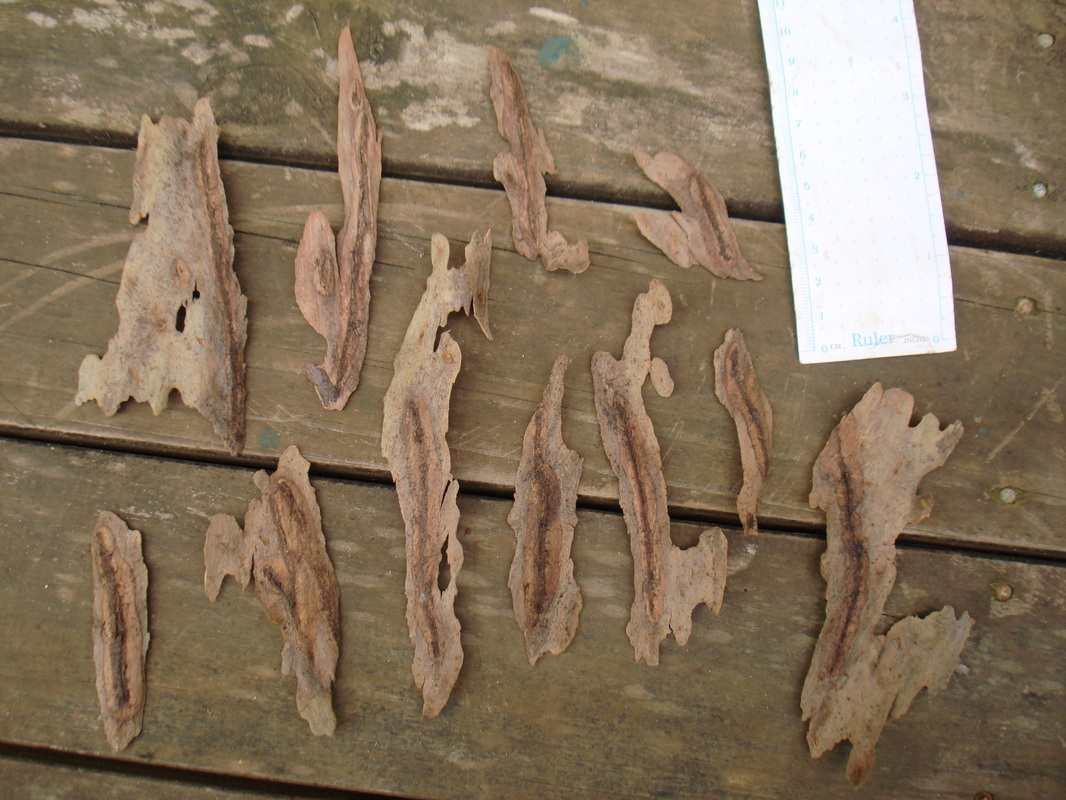
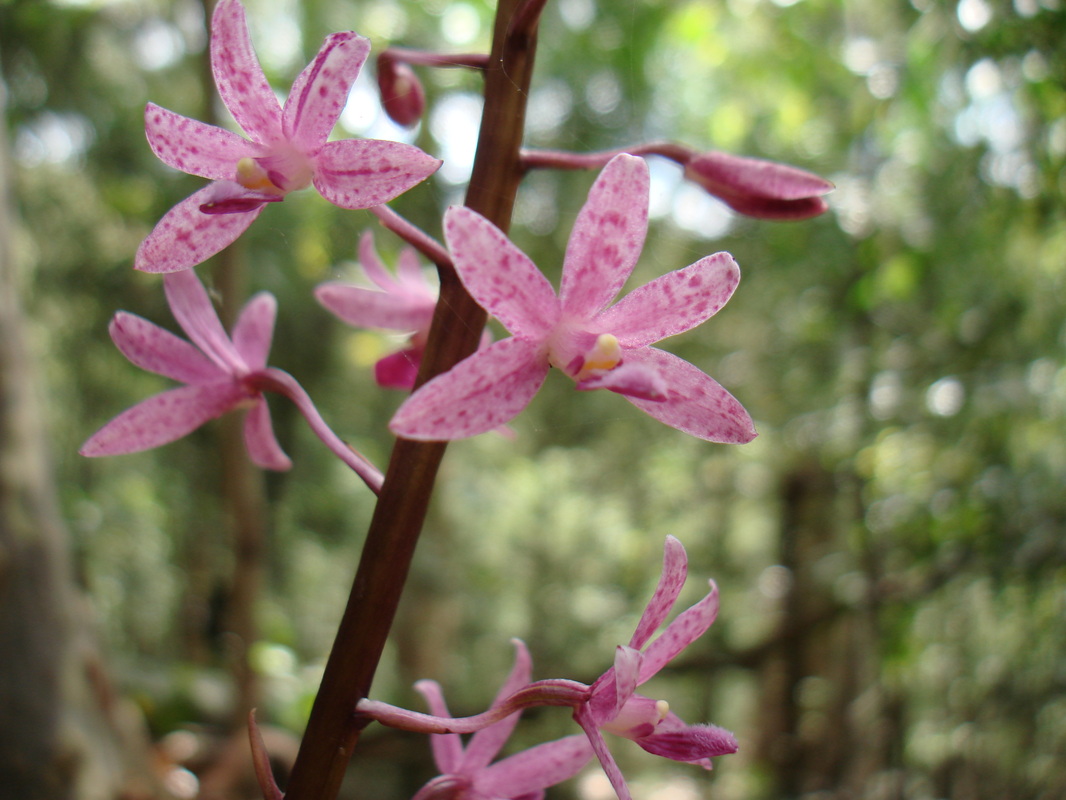
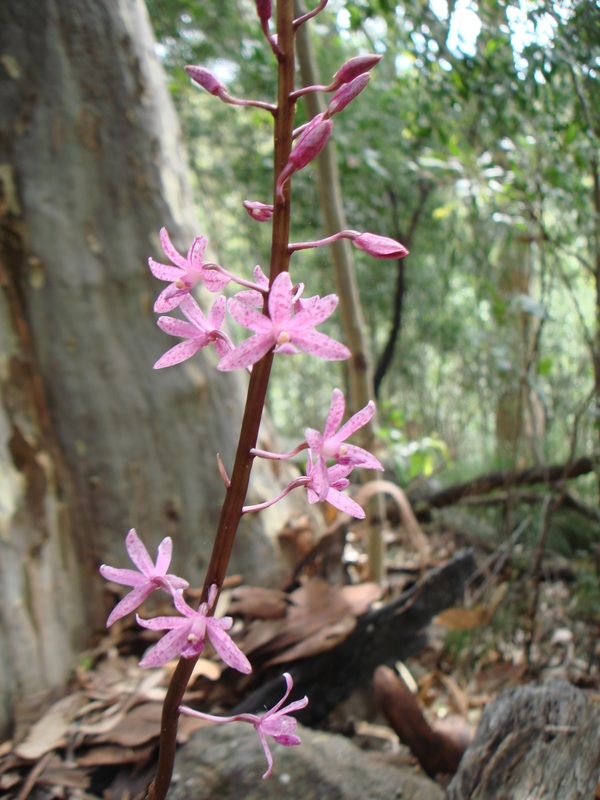
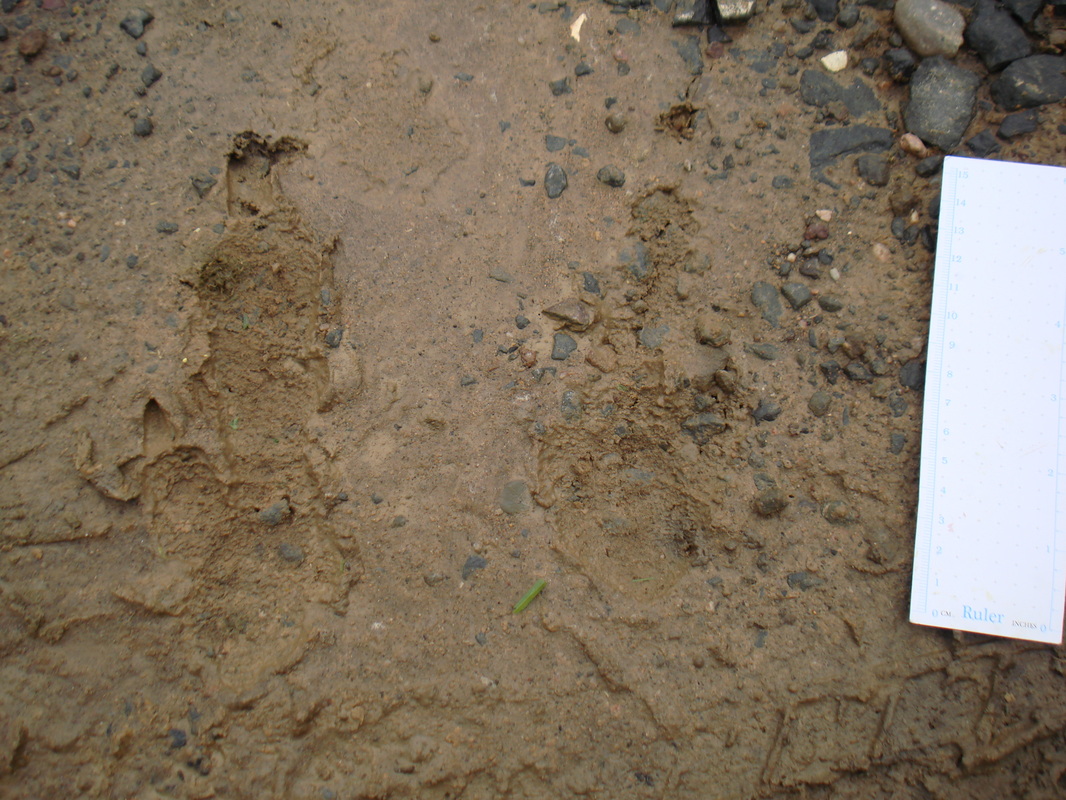
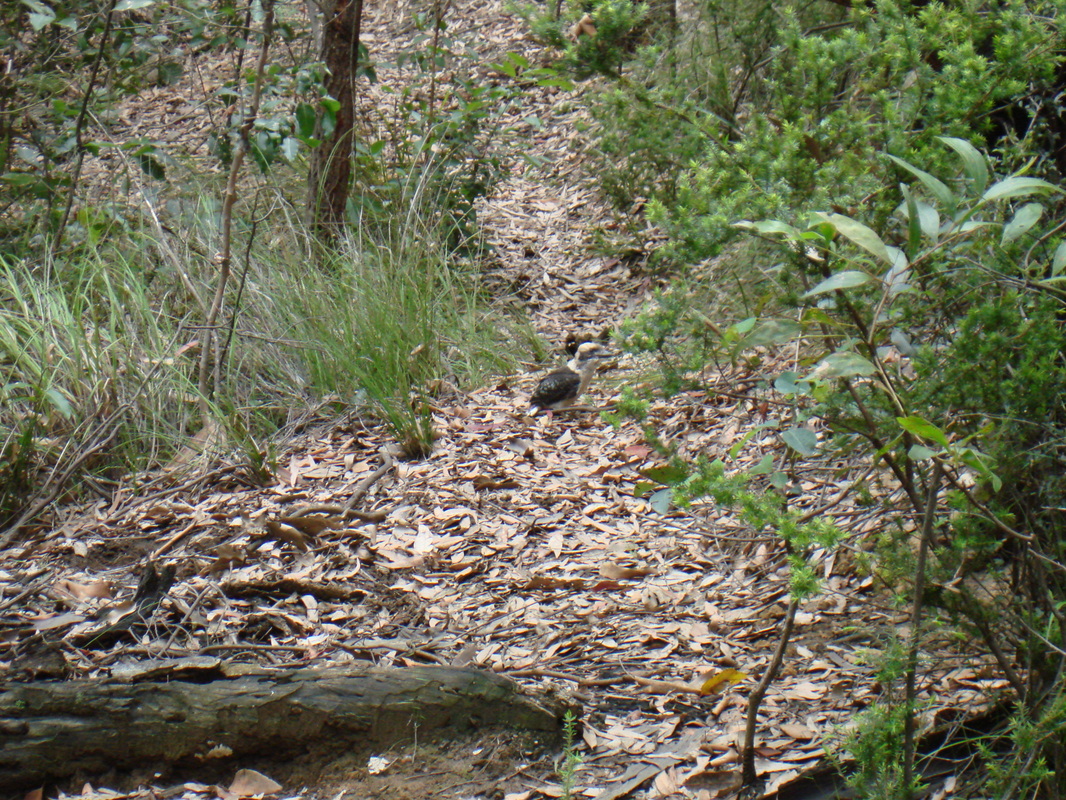
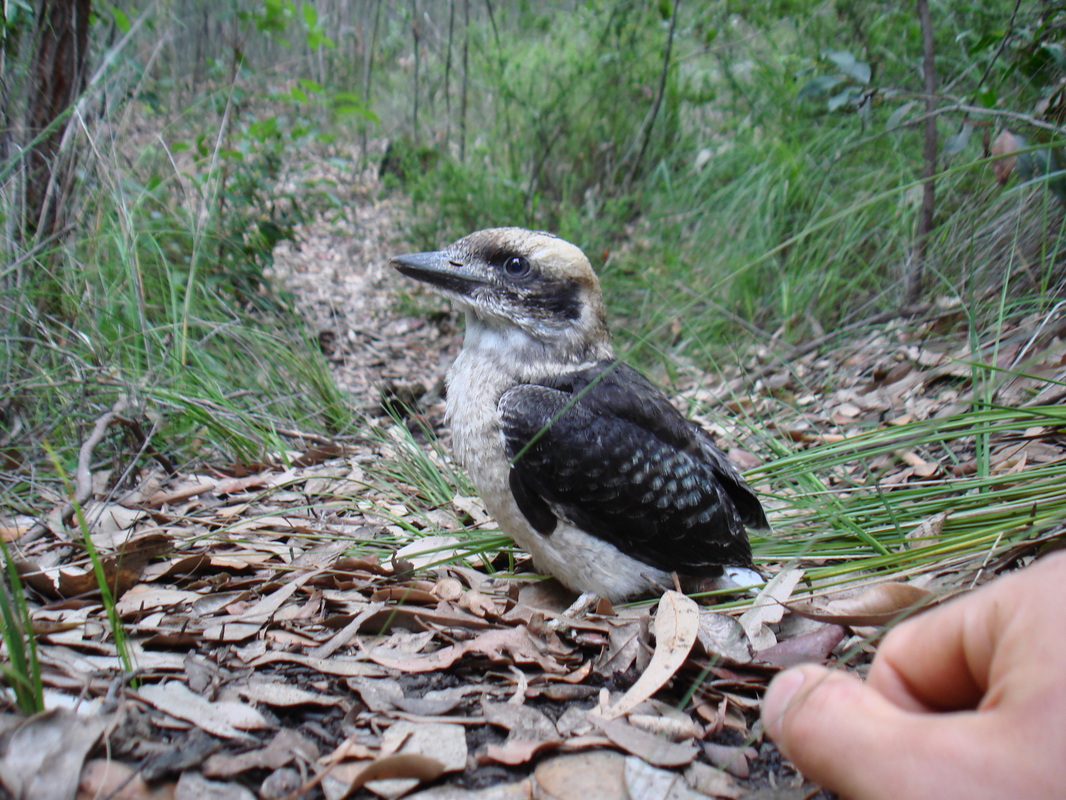
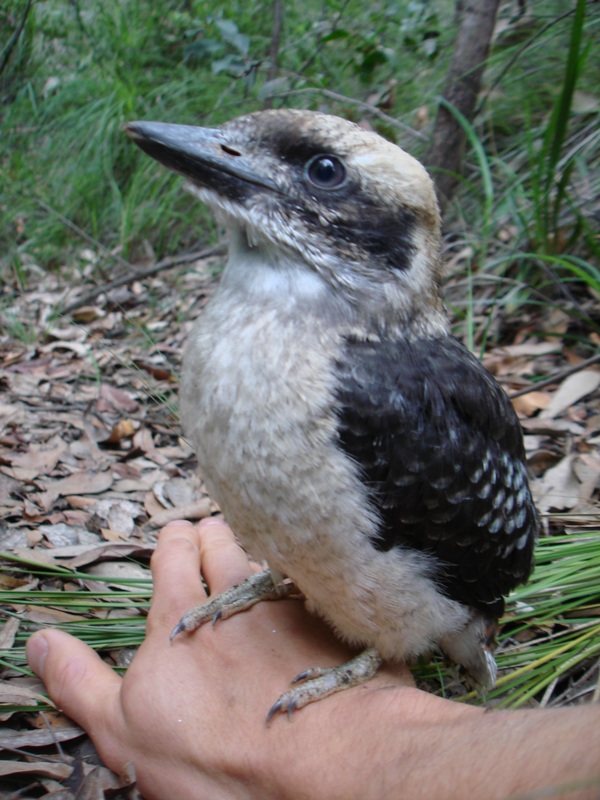
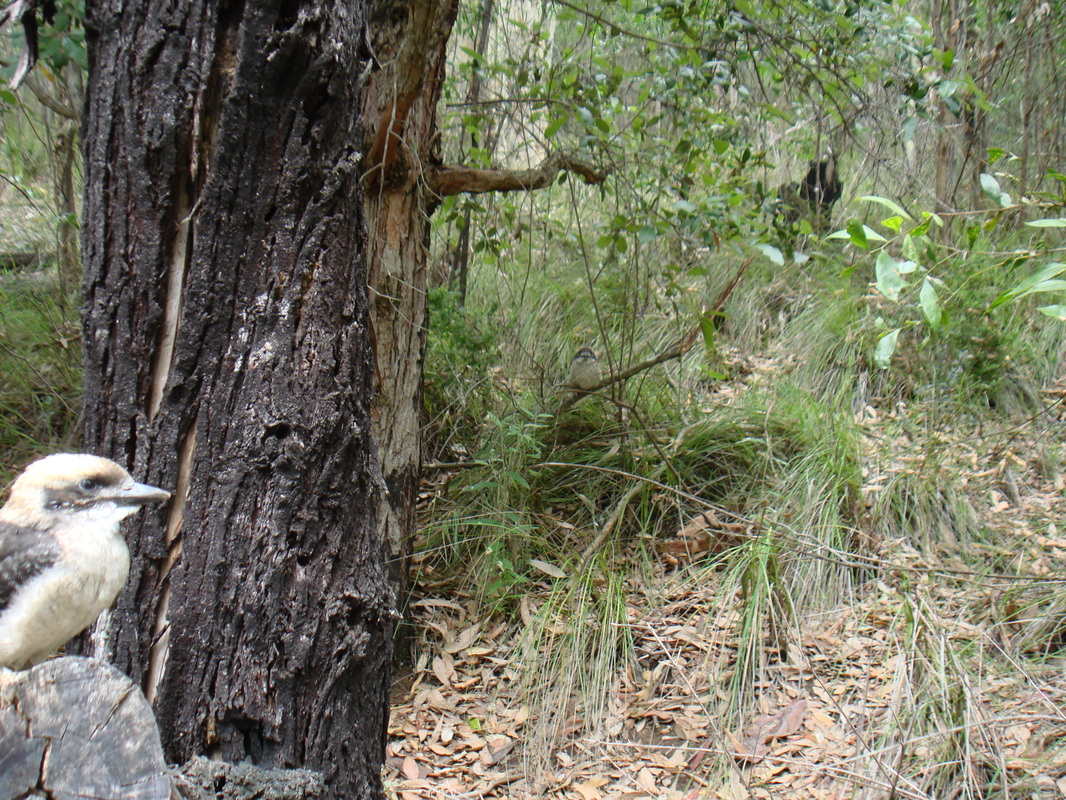
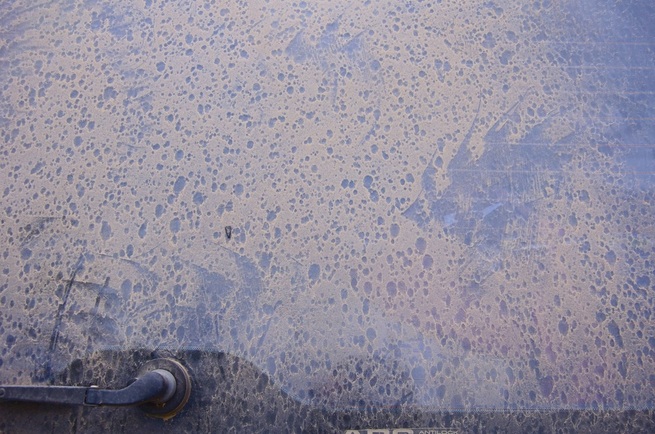
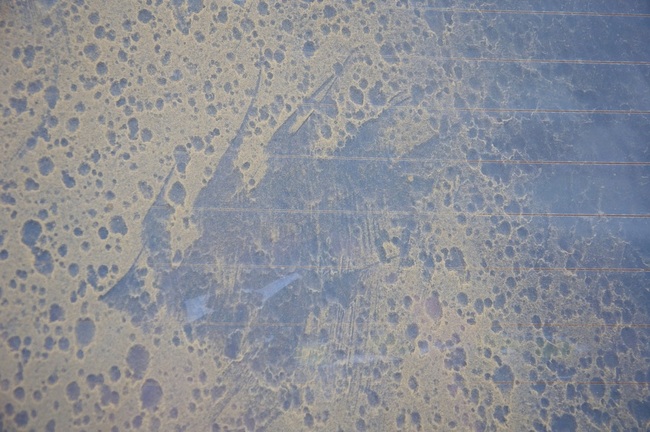
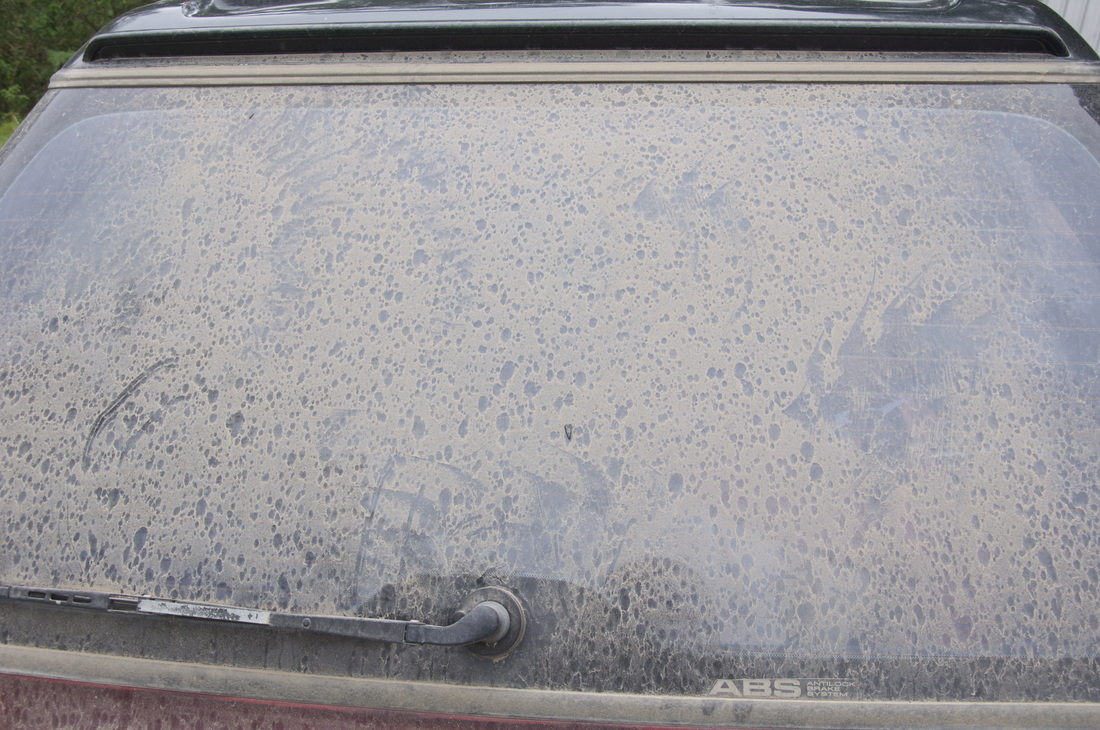
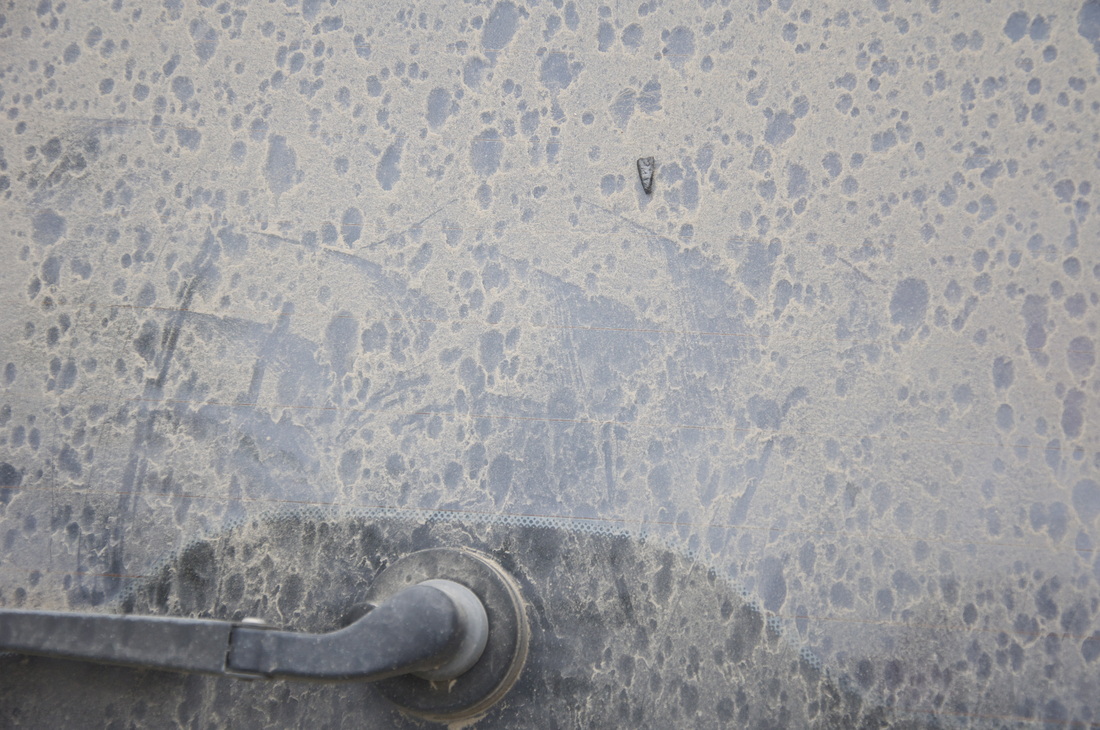
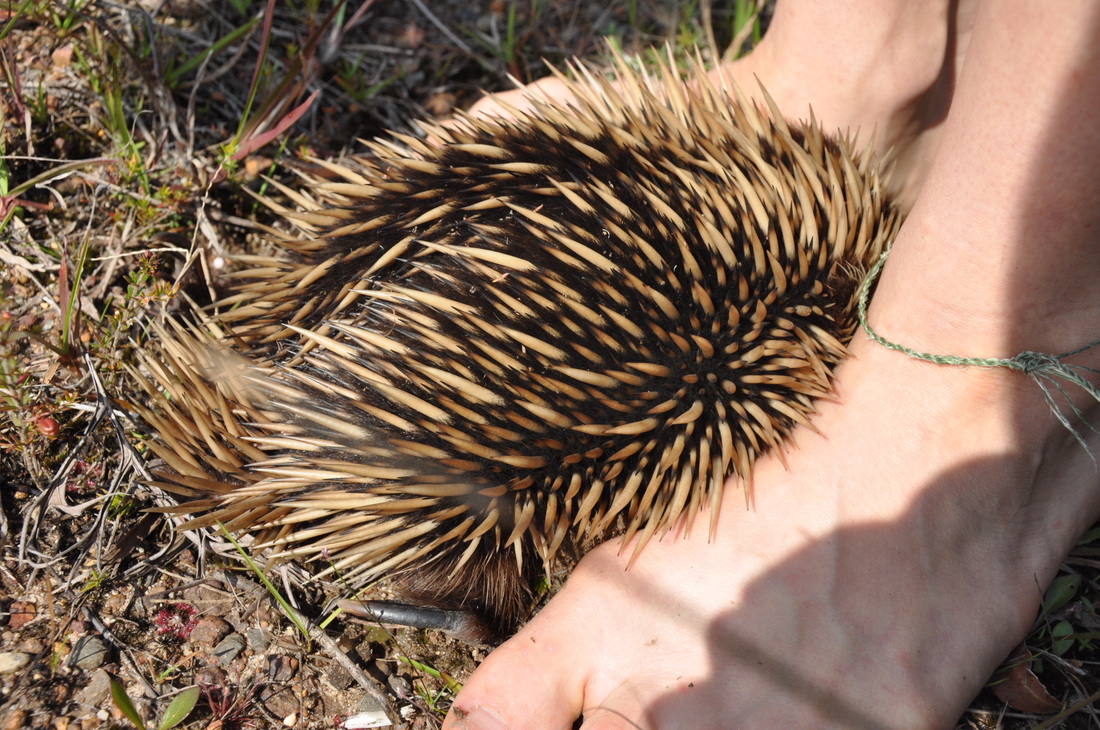
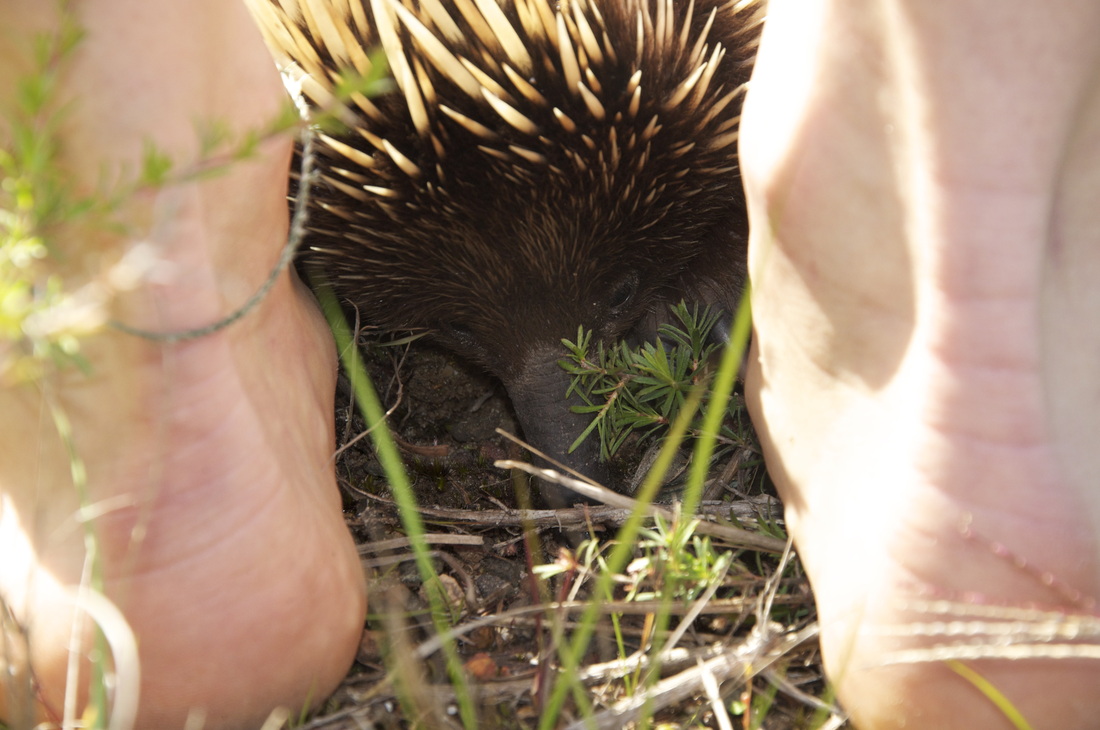
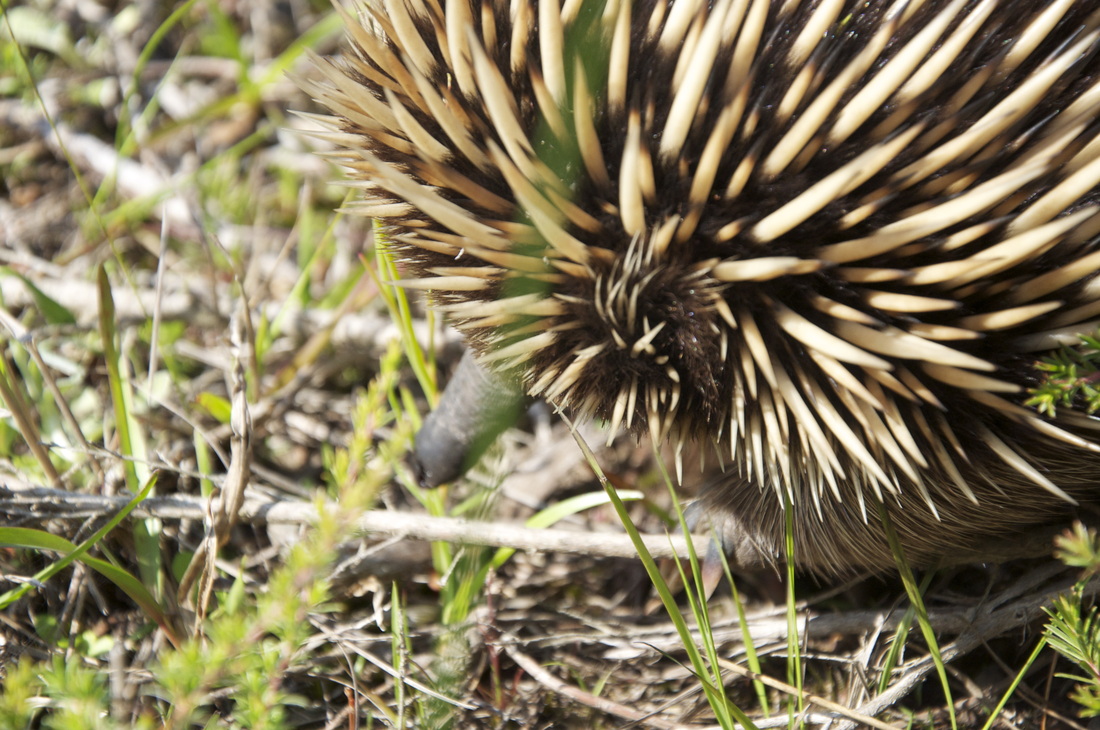
 RSS Feed
RSS Feed